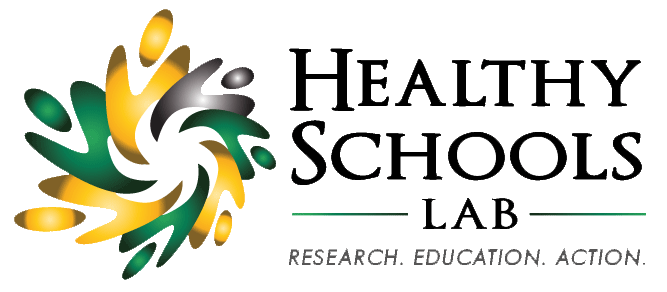This post was shared by a good friend of the Healthy School Lab, Dr. Shelly Russell-Mayhew. You can find her original open letter on her website. Shelly is a Full Professor in the Werklund School of Education (University of Calgary) and the Director of the Body Image Research Lab. Thanks for the time, effort and commitment you’ve put into this letter (and your work overall!) for the benefit of Alberta students. And thanks for letting us share it here!
April 21, 2021
Dear Parents,
As Director of the Body Image Research Lab, a Research Professor in the Werklund School of Education at the University of Calgary, and perhaps, most importantly, as the mother of a teenage daughter, I am writing to urge you to raise your voice in protest against the Draft Physical Education and Wellness Kindergarten to Grade 6 Curriculum. As a researcher and educator who has spent my almost 20-year career studying body image and weight-related issues, I am gravely concerned about how this curriculum might harm our children’s relationship with their bodies, which directly impacts their wellbeing
At first glance, the curriculum might seem reasonable. However, a deeper dive reveals the presence of concepts that are dangerous and the absence of content and context that are fundamental to healthy development.
My concerns about the draft curriculum can be summarized in three main points in that it risks:
- Reinforcing an emphasis on body weight and shape among students, a risk factor for both obesity and eating disorders.
- Increasing the likelihood of weight-based bullying for children of all sizes, leading to low self-esteem, social exclusion, and negative health outcomes.
- Promoting problematic, binary, and externally measured indicators of health, rather than realistic, nuanced, and embodied experiences across multiple dimensions of health.
This curriculum does not align with any of the latest research about how to address physical, mental, social, or emotional health issues related to obesity or eating disorders. The focus on body mass, reading food labels, portion sizes, categorizing food as healthy or unhealthy, and personal fitness flies in the face of decades of research about obesity and eating disorder prevention. Missing almost entirely (with only a brief mention in Grade 4 in relation to puberty) are learning outcomes related to positive body image. Specific examples that illustrate my concerns include:
- Requiring Grade 1 students to distinguish between whole foods and processed foods, and healthy and unhealthy foods (p. 11) sets up a troubling and black and white way of viewing food that lays a foundation for disordered eating and eating disorders.
- Asking Grade 2 students to apply “recommendations from nutritional guidelines and health professionals to individual food decisions” (p. 11) is problematic as children are rarely the sole decision-maker with respect to their food choices.
- Calling for Kindergarten and Grade 1 students to focus on how “physical growth can be measured as an increase in the size or mass of the body” (p. 14) is likely to lead to measurement activities in class of both height and weight, which can be stigmatizing for children whose bodies are different from the majority of their peers. It also does not foster the acceptance and belonging of diverse bodies, take into account the various factors influencing growth, or encourage children to think of growth beyond physical characteristics.
- Asking Grade 4 students to know that “food portion sizes and number of servings inform healthy nutrition choices” (p. 23) introduces diet/restriction mentality, and neglects the importance of hunger and satiation cues and food access and security.
- Encouraging Grade 5 students to “assess the nutritional value of snacks, meals, and daily meal plans” (p. 41) will likely be translated into food tracking and calorie-counting activities that promote disordered eating behaviours.
- Requiring Grade 6 students to know the importance of “maintaining a healthy weight” during pregnancy as part of the sexual education learning outcomes (p. 44) puts an unnecessary focus on body weight at a developmentally vulnerable time.
If I was to write a curriculum with the intent of having children preoccupied with their weight and shape, it would be this curriculum. It is ironic that a draft curriculum that focuses so diligently on personal responsibility for health outcomes may be responsible for damaging our children’s body image. There is a very narrow focus on wellness emphasizing personal responsibility and physical wellbeing. Phrases such as “proper nutrition” and “physical fitness goals” are not only developmentally inappropriate but miss the bigger picture. What about the joy of movement? What about the family context of these children? What about the determinants of health outside of an individual’s control? In other words, the focus on mass and measurement is inappropriate and dangerous in a school context. All dimensions of wellness including social, physical, emotional, psychological, spiritual, and environmental are important and interconnected. We must focus on the whole child in a whole school community approach.
How, then, should curriculum promote and discuss physical education and wellness? What is the most responsible way, through curriculum, to encourage students to thrive physically, emotionally, socially, and mentally? Based on what I assess is absent but needed in the curriculum, I recommend to:
- Emphasize the benefits of movement unrelated to appearance: invite students to focus on how they feel when they are active to promote embodied, moderate, and lifelong engagement in physical activity.
- Focus on physical literacy: recognize that engaging in physical activity helps students develop skills, confidence, competence, and motivation to be active throughout their life, and to build relationships and embrace nature. Physical activity should never be framed as a calorie-burning obligation or chore.
- Discuss media literacy in relation to wellness: support students to become critical consumers of the media, particularly social media messages, related to body image.
- Teach the importance of reducing screen time: have students reflect on their screen time, which is a weight-neutral activity that may benefit students’ rates of physical activity, sleep, and exposure to unrealistic media body norms.
- Integrate all the dimensions of wellness: for example, instruction on mindfulness and self-compassion in the school context can lead to cognitive, social, physical, and mental improvements for students.
Students come to school with an existing understanding about bodies and are likely familiar with widespread messages that simplistically link health, diet, and weight. The absence of body image and embodiment concepts, the absence of critical thought into the realities of social media, and the reinforcement of false dichotomies like ‘good food and bad food’ presume that health is something that be measured or a check box that can be ticked off a list. Our children deserve more.
At first glance, the curriculum may seem to check some boxes. Unfortunately, some of these boxes are dangerous and the most important boxes are absent. Please do not let this draft curriculum deceive you. It does a disservice to our children. Use your voice as parents as it is a voice that might be heard and considered.
Written with the hope that together we advocate for better for our children.
Sincerely,
____________________________________________
Dr. Shelly Russell-Mayhew, PhD, R. Psych.
and Members of the Body Image Research Lab:
- Danielle Lefebvre, MSc, counselling psychology, PhD Student
- Maxine Myre, PhD, kinesiology, Eyes High Postdoctoral Scholar
- Maureen Plante, BA (Hons), psychology, MSc Student
- Lisa Taylor, B.Ed., BKin., MPE, administration, curriculum & supervision, PhD Student
- Elizabeth Tingle, B.Ed., MA, adult learning, WSE Instructor
- Sally Vos, BA (Hons), psychology, MSc Student
Oliver Wilson, PhD, kinesiology, WSE Postdoctoral Scholar Melissa Glazer, MA, counselling psychology, PhD Student


